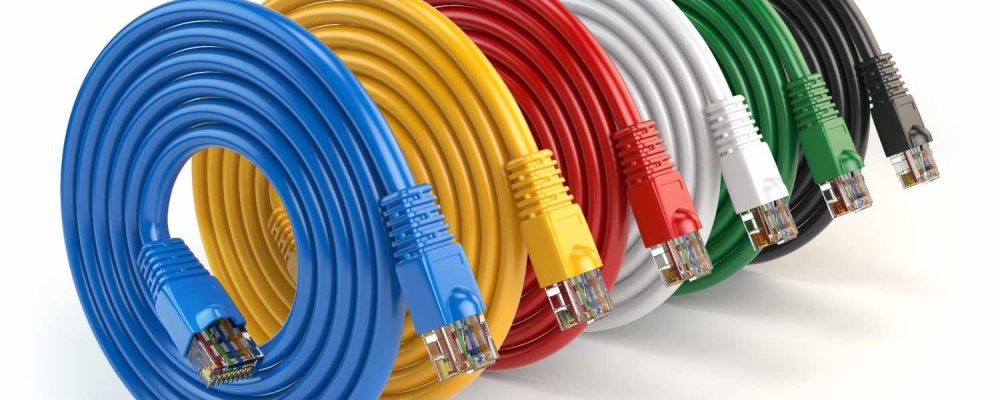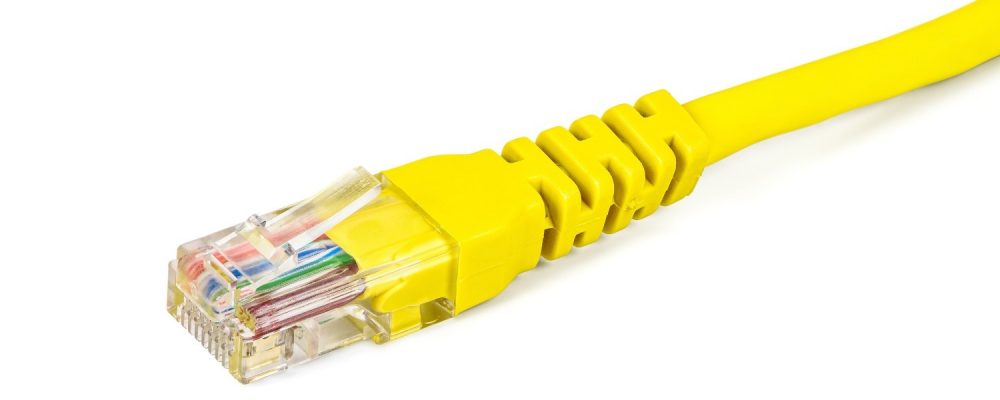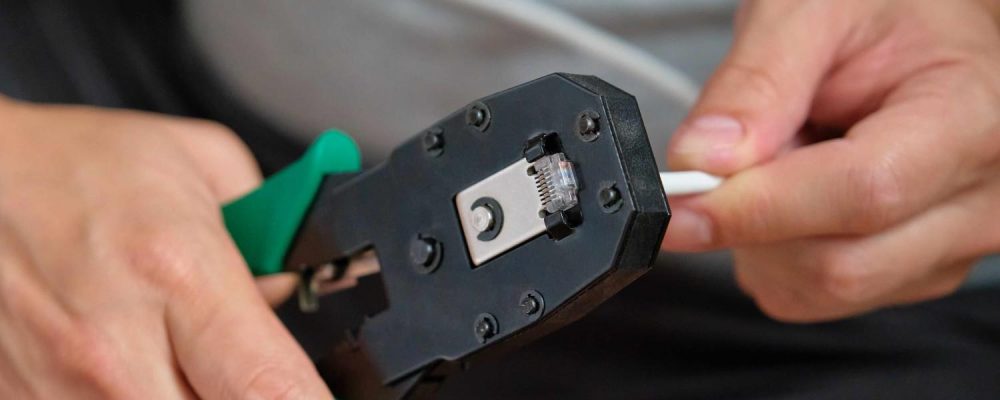Summary : Understanding the Ethernet Cat 5 color code is essential for proper network performance. Network Drops explains the T568A and T568B wiring standards, their differences, and how they determine straight-through or crossover cable use. Proper crimping, termination, and adherence to these color codes prevent connectivity issues, signal interference, and network failures. Following correct wiring standards ensures reliable, high-speed connections for home or business networks while avoiding costly mistakes.

The issue often isn’t the internet but how the cables are wired. Inside an Ethernet cable, each wire follows a color-coded pattern that ensures data flows correctly. Without the correct sequence, connections can fail or slow down. Whether installing a home network or troubleshooting an issue, understanding these color codes is essential.
Let’s learn how Ethernet cables work and why their wiring matters.
Cat 5 (Category 5) Ethernet cables were once the standard for wired networking, offering speeds up to 100 Mbps over a distance of 100 meters. These cables use twisted pairs of copper wires to reduce interference and improve signal quality. While Cat 5 is now outdated, its enhanced version, Cat 5e (Cat 5 enhanced), is still widely used today known for supporting higher speeds.
Cat 5e cables support speeds up to 1 Gbps, making them more suitable for modern applications like streaming and high-speed internet. They also reduce crosstalk (interference between wires), ensuring a more stable and reliable connection. Though faster cables like Cat 6 exist, Cat 5e remains popular due to its solid performance and cost-effectiveness.
The color codes in Ethernet cables are essential for proper installation and network functionality. Here’s why they matter:
The TIA/EIA-568 standards govern how Ethernet cables should be wired. These standards define two typical wiring schemes: T568A and T568B, each with a specific color code.

Regarding wiring Ethernet cables, the T568A and T568B standards define how each wire inside the cable should be connected to the pins at both ends. Both standards ensure the proper flow of data and prevent connectivity issues, but the color combinations differ slightly.
Here’s the color code for the T568A standard:
This wiring scheme is often used in new installations and is recommended by specific international standards.
Typical Use Cases:
T568A is frequently used in government buildings, military networks, and other international settings, especially in regions outside the United States. It’s also the standard for some telecommunications providers.
Here’s the color code for the T568B standard:
T568B is the most commonly used wiring standard in the United States. It gained popularity because it was adopted early by major companies and manufacturers. Although there’s no technical difference between T568A and T568B in terms of performance, T568B has become the go-to standard for many U.S. installations due to its historical usage and compatibility with older systems.
PIN | T568A Color Code | T568B Color Code |
1 | White/Green | White/Orange |
2 | Green | Orange |
3 | White/Orange | White/Green |
4 | Blue | Blue |
5 | White/Blue | White/Blue |
6 | Orange | Green |
7 | White/Brown | White/Brown |
8 | Brown | Brown |
The difference between straight-through and crossover cables lies in how the color codes are arranged and how they are used in networking. Both cable types follow the T568A or T568B wiring standards but serve different purposes.
In short, straight-through cables are used to connect different types of devices, while crossover cables are used to connect similar devices.

Crimping and terminating Ethernet cables correctly ensures a reliable network connection. Here are some essential tips to help you get it right:
Use the Right Tools
Start with the proper tools: a cable stripper to remove the outer insulation without damaging the wires, a crimping tool to attach the RJ45 connectors securely, and a cable tester to check if the wiring is correct and the cable functions correctly.
Avoid Untwisting Too Much Wire
When preparing the wires, avoid untwisting too much. Only untwist as much wire is needed to insert it into the RJ45 connector. Excessive untwisting can lead to signal interference and degrade the cable’s performance.
Follow the Correct Wiring Sequence
Always follow the correct wiring sequence—either T568A or T568B. Using the wrong sequence can cause devices not to communicate properly, leading to connectivity issues.
Ensure Proper Crimping Pressure
It’s essential to apply the correct crimping pressure. Ensure the crimping tool is used correctly, and enough pressure is applied to secure the wires inside the RJ45 connector. A poor crimp can result in weak connections and network problems.
Keep Wire Lengths Even
Ensure the wires are of equal length inside the RJ45 connector. Uneven wire lengths can cause poor contact and lead to unreliable connectivity.
In conclusion, following the correct color code for Ethernet cables is crucial for ensuring reliable network performance. You can enjoy a stable and efficient network setup by using the proper color codes and ensuring correct crimping and termination.
So, take the time to properly follow wiring standards and avoid mistakes that can lead to frustration. If you’re ready to upgrade your network, ensure you have the right tools and knowledge to do it right!
Visit Network Drops for all your networking needs and reliable equipment to ensure a seamless connection every time.
T568A and T568B differ in the order of the wire pairs, with the green and orange pairs swapped. Both standards use the same wires, but the choice depends on regional preferences or specific needs.
Correct color coding ensures each wire connects to the proper pin, preventing data transfer issues and ensuring stable network communication.
Yes, but only if each cable uses the same standard on both ends. Mixing them creates a crossover cable suitable for specific use cases like connecting two similar devices.
The typical pairings are White/Green and Green, White/Orange and Orange, White/Blue and Blue, and White/Brown and Brown, ensuring minimal interference.
Incorrect color codes can cause poor data transfer, connectivity failure, slow speeds, and frequent disconnections, making proper wiring essential for a stable network.
"*" indicates required fields
Scott Fcasni is the driving force behind Shock I.T. Support’s commercial datacomm cabling division, delivering expert solutions that power reliable, high-performance network infrastructures. With extensive experience in structured cabling and a commitment to precision, Scott ensures that every project—whether for small businesses or large enterprises—meets the highest standards of quality and scalability.